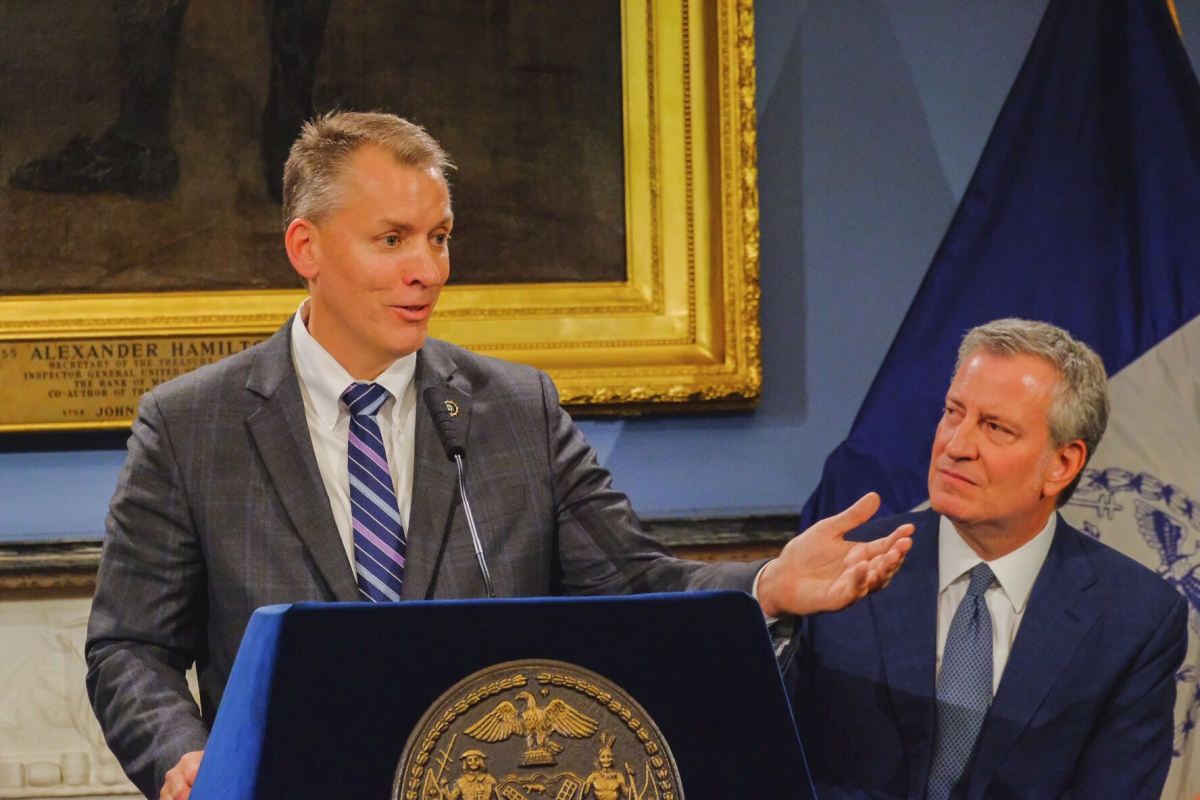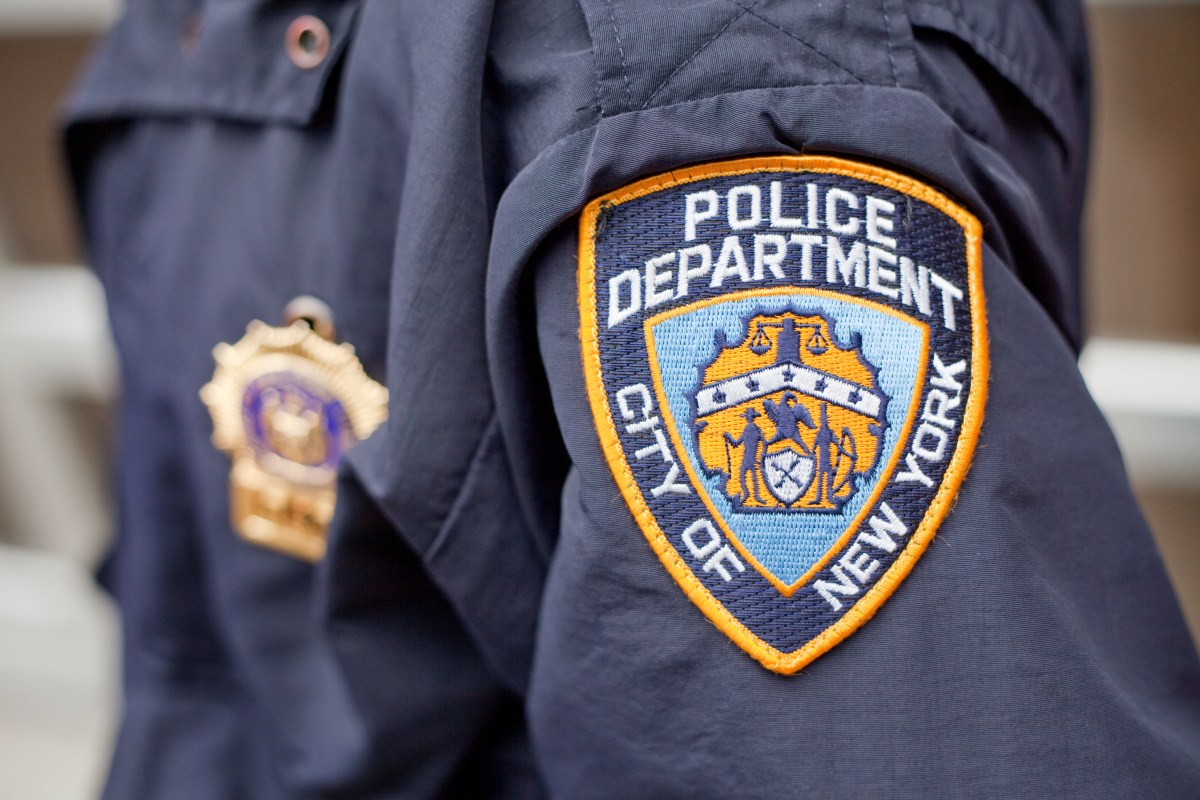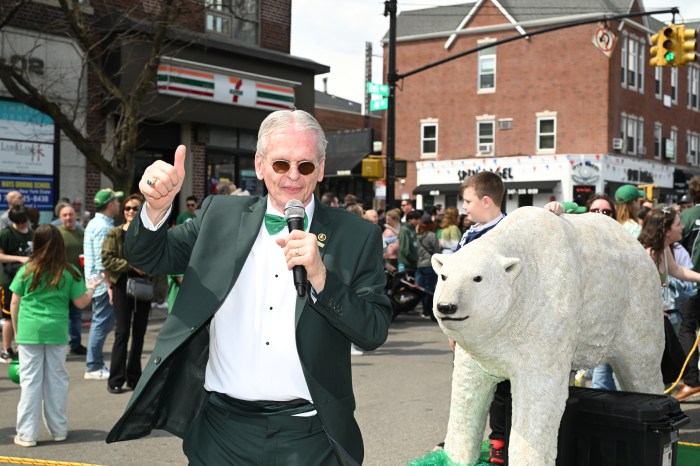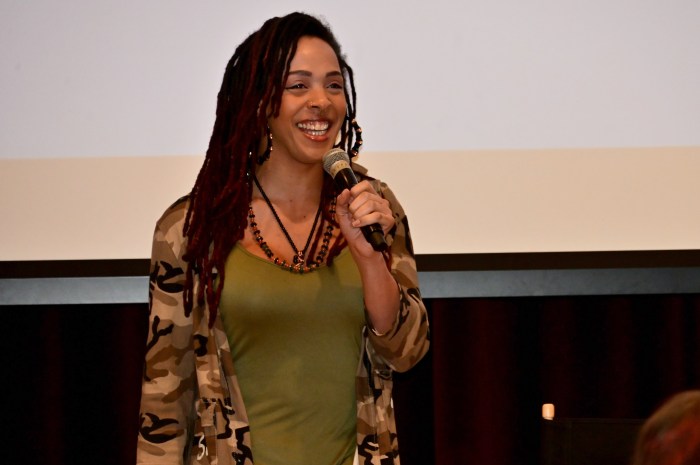After 17 hours of prior testimony over a litany of alleged police abuses of protesters following the death of George Floyd, state Attorney General Letitia James began yet another hearing Monday as part of the investigation into these matters, with Police Commissioner Dermot Shea as the star witness.
Anything from the use of excessive force against peaceful protesters, covering badge numbers and abuse against members of the press were on the table for Shea’s questioning segment. He used his time to highlight attacks on NYPD property being damaged and 400 injured cops in the opening remarks.
“In addition to testimony during the hearings, my office has received hundreds of submissions to our complaints email address and online portal,” James said. “We are reviewing those submissions, looking at camera footage, interviewing witness and documentation that have been obtained from NYPD.”
Specifically mentioned by Shea, the May 29 demonstrations, which he said was meant to be peaceful, turned anything but as the sun went down. Police vehicles were torched while looting and burglarizing continued in Lower Manhattan and Brooklyn for several days.
“I can tell you that what we learned almost immediately from the Thursday night [May 28] protests that carries on right into Friday and Saturday that these protests were different. They were almost immediately from the beginning, from word that I got back from executives at the scene, the main difference was that these were violent,” Shea said. “These were different in the context of the protesters and inclusion of outside agitators and the almost immediate throwing of bottles, bricks, and things of that nature.”
Shea declined to substantiate his own claims of the prevalence of “outside agitators,” a narrative Mayor Bill de Blasio attempted to establish early on in a period of unrest. Police arrested up to 40 protesters the night of May 28, and as the demonstrations continued on, the number of arrests grew into the hundreds.
“We recognized that this is a moment in time unlike any other and we exercised extreme discretion,” Shea said of the moral conundrum faced by city leaders of putting a curfew in place.
Shea disputed the commonplace use of pepper spray during the protests, based on prior testimony, and said he could not comment on the video of an NYPD officer pulling down the face mask of a protester and blasting him in the face. In regard to an incident where a police SUV plowed through a crowd of people in Brooklyn, Shea defended the action as something that happened in the heat of the moment.
Instances of rocks and bricks being thrown at police officers was something Shea stressed throughout his testimony. He claimed that those incident are substantiated by the medical record of cops injured over the course of the riots, which he said was not available as of Monday.
Shea brushed off an instance in which a food delivery worker, deemed essential and exempt from the curfew, being arrested which was caught on video and widely circulated as a “false report.” As to the AG’s question regarding protesters being injured by NYPD in the process of not being arrested and not receiving medical attention, Shea did not answer the question directly.
When asked what the protocol is for providing medical attention to those in holding, Shea responded with the simple request that James send specific examples to his office.
Shea argued that a number of actions taken by NYPD officers have been met with disciplinary measures, but the matter of a cop flashing a white supremacist symbol was yet another matter deferred due to what he claims as more information needed.
“That should be an off-the-record conversation because we don’t have all the details,” Shea said.


































